After a glorious stretch of camping at the beach in two places along Florida’s Panhandle, it was time for us to start heading down the peninsula to the Tampa Bay area. Unlike the Panhandle, which was mostly new to us, Tampa Bay is familiar. My aunts, uncles, and cousins have lived in the area for decades so the towns and roads are familiar ones. On the other hand, family visits usually entail cooking out, watching the dogs and children chase each other around the yard, and catching up, rather than seeing the tourist attractions of the area. With over 3 million residents, the Tampa-St. Petersburg metro area has plenty of museums, historical sites, and other points of interest for visitors. During our stay we were determined to explore some of these spots.
Where We Stayed
We selected our campsite at the Little Manatee River State Park exclusively because of its proximity to family, but we ended up liking it quite a bit. After three and a half weeks of hearing the sounds of surf from our campsite, let’s just say that the drone of highway noise from US 301 was not exactly an upgrade. But the 30 RV sites in this small campground are surrounded by dense trees and shrubs, making for excellent privacy, and we enjoyed frequent visits from tortoises, armadillos, and various birds. With some conservation measures we made it through our 14 day stay without needing to pull out and visit the dump station.
The park has a network of equestrian and hiking trails, and is large enough that hikers can easily get away from the sounds of civilization. Several of the trails pass right by the campground, and it’s a pleasant stroll of just a mile or two from the campground down to the riverfront area with a canoe launch, nature trail, and multiple picnic pavilions. Since the park land encompasses both sides of the Little Manatee River, the river is in a beautiful pristine state, lined with cabbage palms, bald cypress, and oaks. Our favorite trail was the 6.5-mile Loop Trail, even though accessing that trailhead required driving out of the campground section of the park to a different entrance point on the north side of the river.
Some might say (I’m looking at you, Chasing Dirt) that the biggest defect in this park is the absence of little manatees in the river (because the winter was not cold enough to send them upriver), but sadly this is not the biggest problem we encountered. The biggest downside of this park was the “temporary” bathhouse situation. Over two years ago, the park decided to replace the bathhouse that serves the campground. Bids were obtained, contractors were lined up, the old bathhouse was removed, and a new slab was poured. Then a gopher tortoise — a threatened species protected under Florida law — decided that the construction area looked like the perfect spot to make a new burrow.
It took half a year for the park to obtain a permit from the Fish and Wildlife Conservation Commission to relocate the tortoise elsewhere in the park. By that time the contractor and all the subs had scattered to the four winds, moving on to other jobs. The GC needed to re-bid most of the work. All of which has led to a situation where, two years after the project started, the new bathhouse is still a work in progress. The park has brought in a temporary portable unit with four bath/shower cubbies, but the solution is not exactly ideal. Those portable showers make the shower in our trailer look downright spacious. Heck, they make airline toilets look spacious.
To add to the misery, the showers were activated with one of those annoying time-limited push buttons, with possibly the shortest time we have ever encountered. Taking a shower required constantly holding down that %!@%#! button, while trying to contort one’s body to wash up in a minuscule space, only to be greeted with blasts of cool water. That’s right, there was no hot water — just standard tap temperature, which in Florida is never extremely cold but is also not exactly inviting for a shower. The only possible changing area was the space right in front of the sink, where it was literally impossible to do anything without turning on the motion-activated hand dryers. (By the way — really?? There are hand dryers, but they couldn’t be bothered to figure out a way to provide warm water??) Just standing in that area led to sporadic vacuum-cleaner-like whooshing that was incredibly loud in these tiny spaces.
Our showers involved a symphony of sounds: the low moan of the pipes as the timing valves constantly tried to cut off the water, percussive sounds of elbows banging into the walls, sink, and hand dryer, the windy roar of the hand dryer coming on at random intervals. It was all topped off with a steady chorus of language not suitable for a younger audience.
Thanks a lot, tortoise.
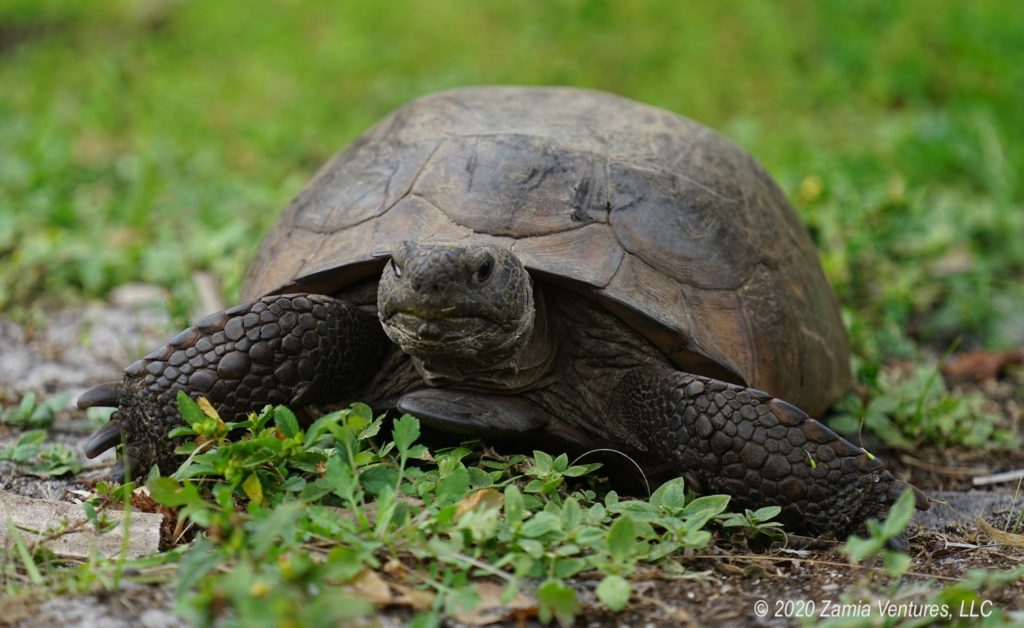
We could have upped our creature comfort level by using the shower in our rig, but there’s no way we could have gone 14 days without hitching up and pulling to the dump station if we were showering in the Airstream. We also could have easily gone over to my cousin’s house for hot showers in a real sticks-and-bricks house, but that doesn’t make for a very entertaining story. We suffer for you, dear blog readers.
Although our stay at the park did nothing to enhance my affection for gopher tortoises, we found the park to be an excellent central location for exploring the far-flung Tampa Bay area, since visitors can take advantage of multiple routes and take about a 40-minute drive to reach Ybor City in Tampa, to reach downtown St. Petersburg, or to reach the coastal town of Bradenton on the south side of the bay.
Learning About History in Tampa
Our main target in Tampa was the Ybor City Historic District, which is anchored by the small but interesting Ybor City Museum State Park. Although the museum has a very small amount of artifacts, it is situated in a historic bakery building and uses colorful visual displays to tell the story of this seminal part of Tampa. In 1880, Tampa was a scrubby outpost with fewer than 1,000 residents, but it was situated on a natural deep water port. By the middle of the 1880s a new spur of Henry Plant’s Atlantic Coast Line railroad reached Tampa. The port and railroad access convinced Vicente Martinez-Ybor to purchase acres of vacant land to establish a new base for cigar production. Ybor was a native of Cuba who was unwelcome in his native land because of his support for Cuba’s independence from Spain, and after a brief period of operating in Key West he was ultimately enticed to establish a new business location in this remote frontier. Others followed quickly. Driven largely by the cigar and phosphate industries, by 1900 the population of Tampa had increased to over 15,000 people and it was the undisputed center of the U.S. cigar manufacturing industry. It was also a city very deeply rooted in immigrant culture. The cigar workers were mainly from Cuba, Spain, and Italy, while communities of Germans and Romanian Jews worked in businesses supporting the industry, such as manufacturing cigar boxes and running mercantile businesses.
The museum provides a lot of information about the economic and social aspects of life in Ybor City, including the level of racial integration (unusual in the Jim Crow South) and the importance of social clubs for providing activities, education, and even medical care. The displays on the art of cigar manufacture were interesting, but the best artifacts at the museum are centered around the casita, an original tobacco worker’s home that was relocated to a spot just down the block from the main museum. These casitas were pre-fab homes, assembled in just 40 hours, to meet the demand for housing from the massive influx of workers. Our volunteer tour guide helped make life in Ybor City around the turn of the 20th century come alive, telling stories using the furnishings and artifacts in the casita. There were many similarities with the company town of Pueblo, Colorado, which we explored by visiting the Steelworks Center in the summer of 2019. It’s handy to learn about historical events with such obvious practical application. When we establish our own vast corporate empire, we will know just how to set up our company towns where our minions will live.
One of the most memorable things about our visit to Ybor City was the chickens. We are familiar with free-range urban chickens from living in Miami (maybe it’s a Cuban thing??) but here in Tampa they rise to the level of being iconic. In Ybor City they roam freely in the parks, streets, and yards, and are even protected by city ordinance. I tried to get a few portrait photos of individual chickens, but the story here is really the sheer volume of chickens. It would be hard to overstate just how many chickens are wandering around on the streets.
While in Ybor City, we also made a stop at Tampa Bay Brewing Company to sample the wares. TBBC is one of the oldest and largest craft breweries in Florida, and the breadth of beers available on tap reflects this. However, many of their more creative beers feature fruity tropical flavors like banana, mango, and strawberry …. which is not what we are usually looking for in a beer. For us, the standouts were their two excellent stouts, including a really delicious “Mexifornian” stout flavored with dark chocolate and chiles.
Art, Architecture, and Gardens in St. Petersburg
Our top destination in St. Petersburg was the Dali Museum, which holds the largest collection of the Spanish artist’s works outside of the “Theatre-Museum” he established in his hometown of Figueres. The core holding of the museum in St. Pete is the personal collection of Reynolds and Eleanor Morse, industrialists from Ohio whose decades of patronage of Salvador Dali led to a personal friendship with the artist. In an interesting foreshadowing of current events like Amazon’s search for a home for its second headquarters, in the late 1970s the Morses conducted a nationwide search for a place to host a new museum for their collection and selected St. Pete. The original museum opened in 1981 in a former marine warehouse, but was replaced by the current structure in 2011. We loved just about everything about this purpose-built structure, which is featured in the photo at the top of the post. The location along the waterfront and next to the performing arts center anchors an arts district and gives excellent public access to outstanding views across the bay. The 18-inch-thick concrete walls and 1.5-inch-thick glass are hurricane resistant, while the design of the building is a remarkable interpretation of the surrealism for which Dali is famous. The gallery space is ideally suited for viewing the works in the collection, in particular giving plenty of space to take in the monumental masterworks. I don’t really think of Florida as a hotbed of architectural innovation, but the Dali and the Perez Art Museum Miami in downtown Miami are two of the best modern buildings we have seen anywhere in the US.
And unlike at the PAMM, we actually liked the collection here quite a bit as well. The only other single-artist museum we have visited is the Georgia O’Keeffe Museum in Santa Fe, and like at the O’Keeffe we particularly enjoyed the museum’s works from the artist’s earliest years. It was fascinating to see how Dali tried out Impressionism, Cubism, and even the fine detailing of a Dutch-style still life before developing his own very distinctive style.
The museum theater shows two short films which are both good. The film about the history of the museum and the building was right up our alley, while the second film about the roots and theory of surrealism helped us appreciate the artwork. The short version of the story is that the carnage and absolute devastation of World War I, resulting from “rational” thinking at the dawn of the scientific age, led people to question the utility of rationality altogether. Artists turned to the absurd (like Dadaism) and also became fascinated with the working of the subconscious mind as explicated by Sigmund Freud. Dali’s dream-like surrealist images are part of this movement, and his later works showed an interest in Catholic mysticism. At the same time, many pieces show a canny understanding of scientific concepts and optical illusions. While I wouldn’t necessarily consider most Dali works to be aesthetically beautiful, they are definitely thought-provoking. In some cases the cryptic yet somehow explanatory titles were just as interesting as the pieces themselves. A few of my favorites were “The Ghost of Vermeer of Delft Which Can Be Used as a Table” and “Gala Contemplating the Mediterranean Sea which at a distance of 20 meters is transformed into the portrait of Abraham Lincoln (Homage to Rothko).”
The only area in which we felt the museum was lacking was biographical information about the artist. It did a great job explaining the works, to the extent that’s even possible, but there was little about the artist’s life. Given that Dali lived in the 20th century, and was something of a major public figure in the tradition of Andy Warhol, I expected to see lots of photos and even videos of the man at retrospective art shows, in interviews, etc. It was such a glaring omission that I can only assume the museum made the affirmative decision to focus exclusively on the art without the “distraction” of his personal life. Luckily Wikipedia can help fill in the gaps for those of us who like juicy gossip.
Outside the museum, we enjoyed strolling in the sculpture garden, which earned my undying love with the name “The Avant-Garden.” Compelling sculptures bringing several of Dali’s ideas into three dimensions are interspersed with items created to echo his famous works, like little metal sculptures of ants hiding within the planting beds and a bench that’s draped with a sculpture of a melting clock. The thoroughness of the experience inside and out helps cement this museum’s place as a world class institution.
While in St. Petersburg, we also stopped by the nearby Sunken Gardens, one of Florida’s oldest roadside attractions. The original owner of the land was a plumber and avid gardener who combined these skills by draining a sinkhole on his property and using the rich detritus at the bottom of the former lake to plant a wide array of exotic plants. The climate of Tampa Bay is just a little too cold for many of these tropical species, but the natural protection of being in a “walled” garden was supplemented with garden heaters during cold spells. Back in 1924 people paid 25 cents apiece to stroll through the dense orchards of tropical fruits, soaring palms, and colorful tropical flowers. The garden became more elaborate over the years and in the 1950s exotic animals were added (because of course they were). In 1999 the property was acquired by the City of St. Petersburg and today it is a marvelous little oasis in the city. There are still exotic birds, and while we don’t normally enjoy captive animals in a botanical garden I must admit that I was pretty taken with the small flock of Chilean flamingos splashing around in the pond. The palms, bougainvillea, heliconia, philodendrons, crotons, bromeliads, acalypha, ferns, hibiscus, and other species of flora were all very familiar to us as the staple landscape plants of South Florida, and it was nice to see these old friends again in person.
Friends and Family
Speaking of old friends, our trend of seeing familiar faces in Florida continued in our visit to Tampa Bay. Our pals Kevin and Laura of Chapter 3 Travels were in the area for part of our visit, and during the brief overlap in our stays we were able to get together for a casual waterfront lunch. We shared tales of the road since our last meeting in Arizona, while their gorgeous dog Thor kept watch over suspicious ripples on the water.
Most important, our leisurely stay gave us ample opportunity to visit with family. We saw my great aunt in independent living several times and marveled at her mental acuity and good health at the age of 96. I can only hope that when we reach that age our biggest complaint will be how the yard maintenance staff over-trim the hibiscus shrubs. We saw my cousins several times, and they treated us royally. Not only did they receive mail and packages for us — with personal delivery of mail to our campsite by restored scooter — but they also treated us to several great experiences. One sunny afternoon we took a ride in my cousin’s fishing boat down the lovely Little Manatee River all the way from the shallow upper reaches that run through the state park to the wide-open mouth of the river on Tampa Bay. Another evening we had an outstanding homemade dinner featuring delicious wild-caught duck appetizers. Of course, the best part was just catching up with family in a casual way.
We also had several administrative tasks to accomplish while in the area, and it was handy to be close to services like a UPS store where we could send overnight packages, scan documents, and have items notarized. There is much more that we could have done in the area, so even a two-week stay somehow seems brief. It appears that the longer we are at this travel thing the more slowly we prefer to move along.
Next we make a short hop to Sebring to stay at a historic state park and check out some of the interior of the state.
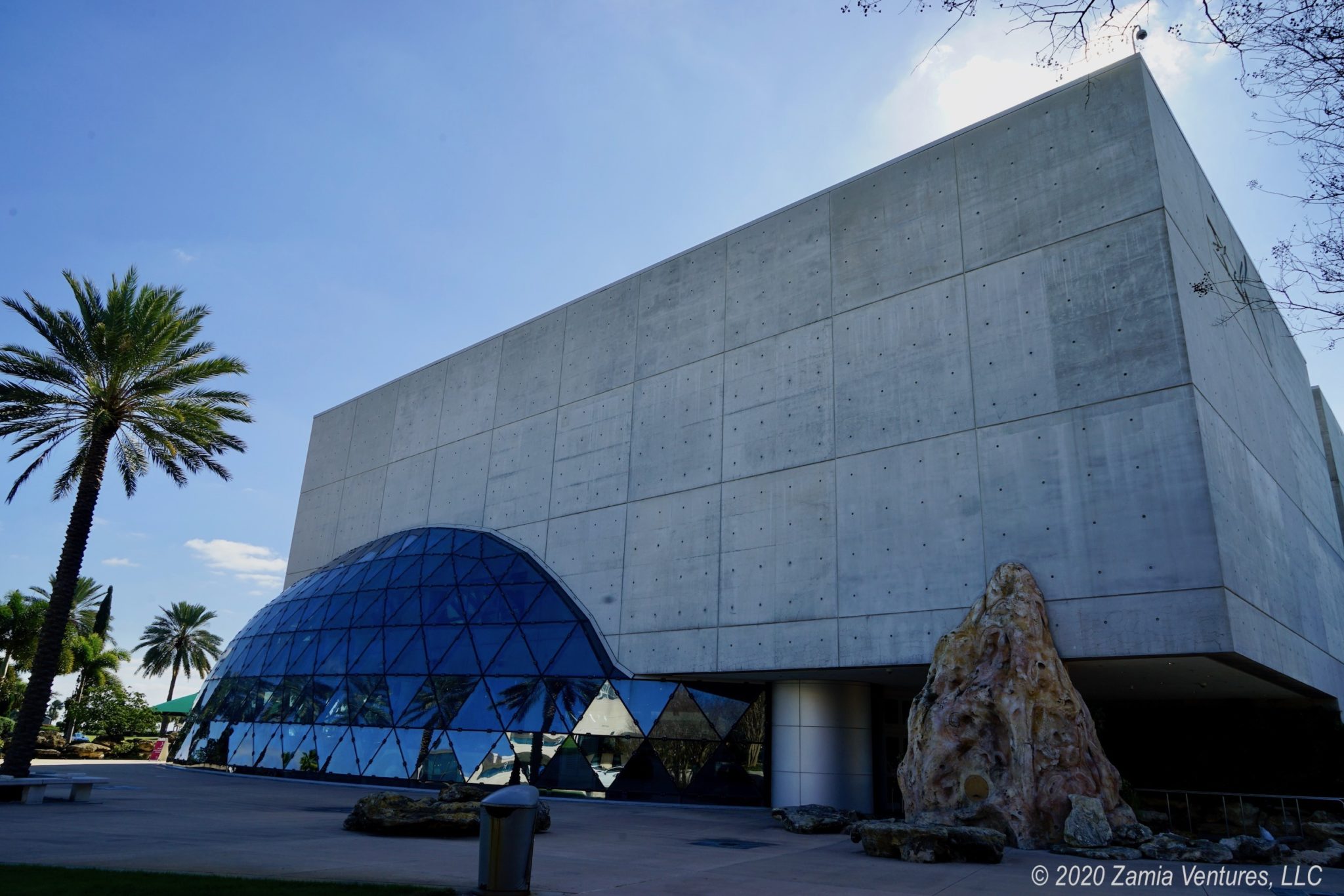
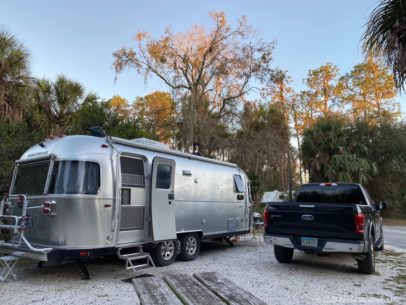
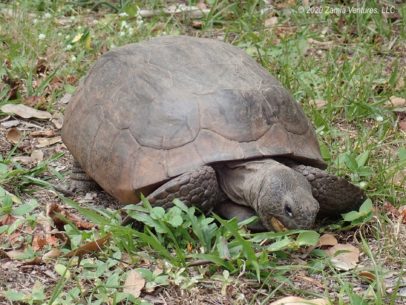
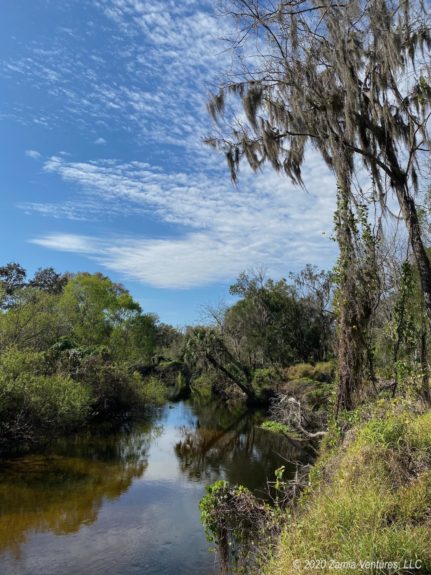
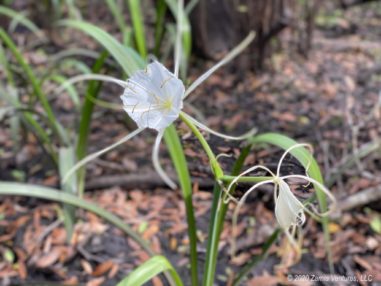
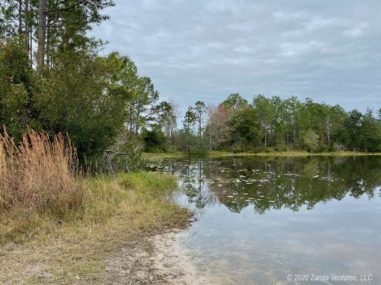
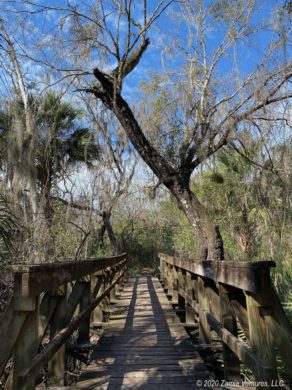
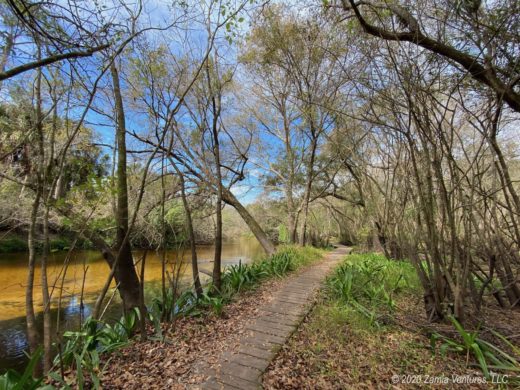
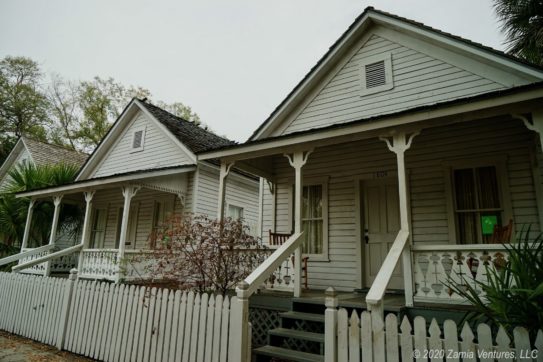
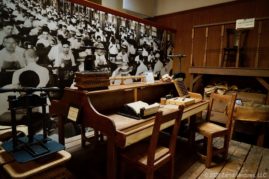
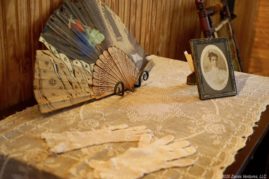
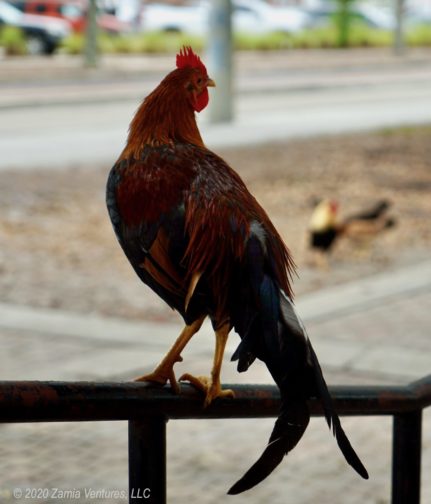
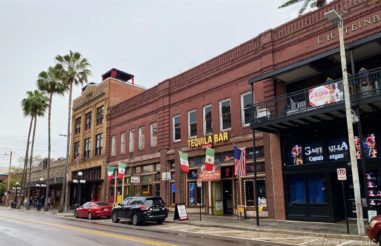
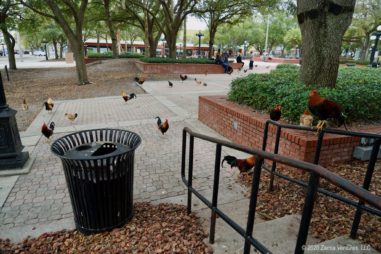
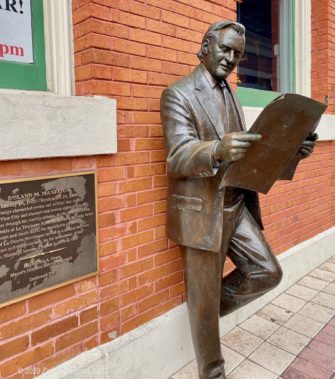
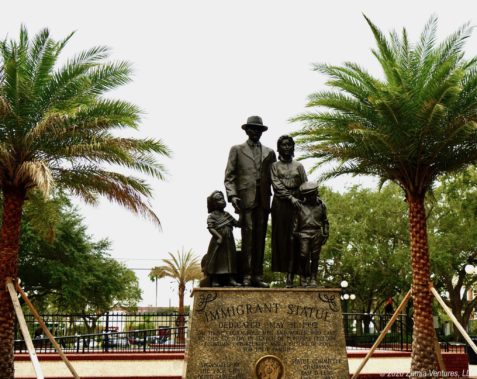
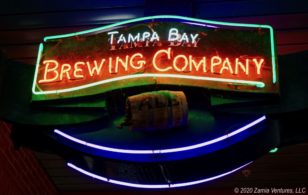
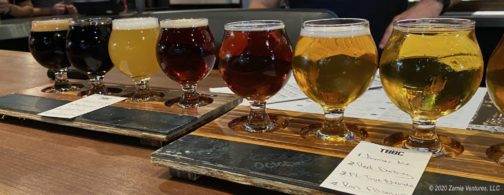
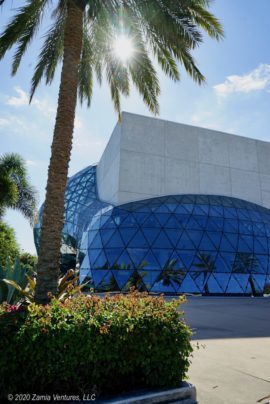
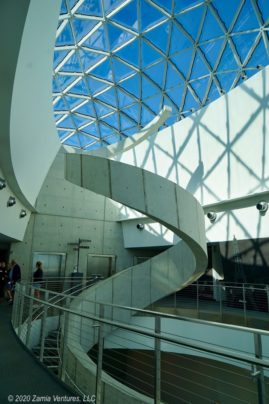
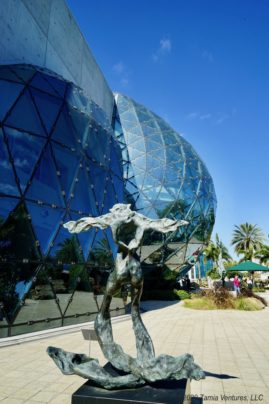
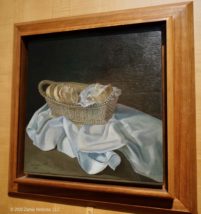
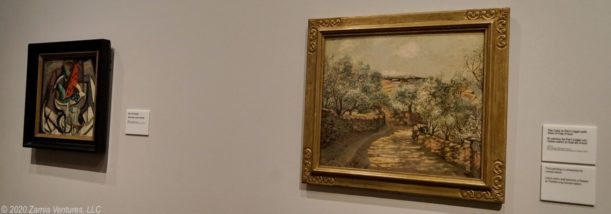
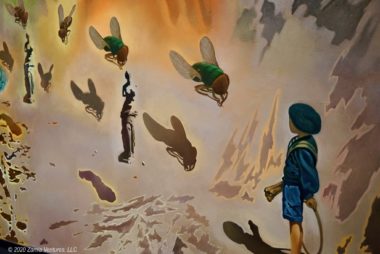
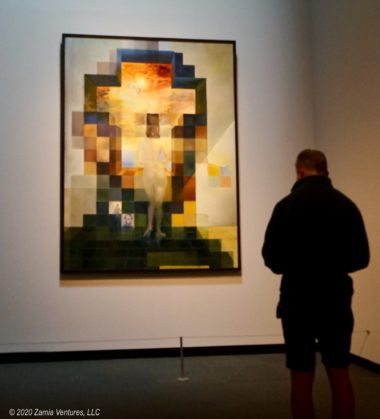
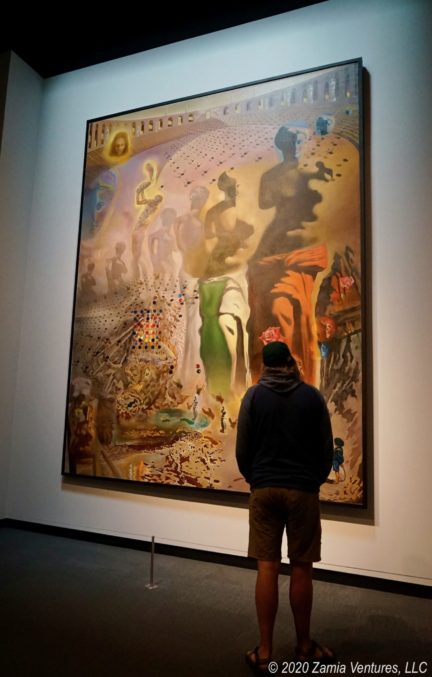
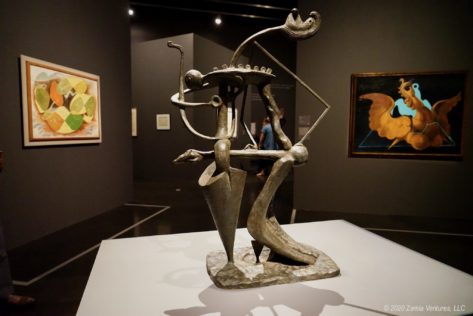
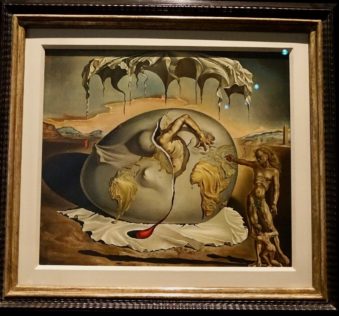
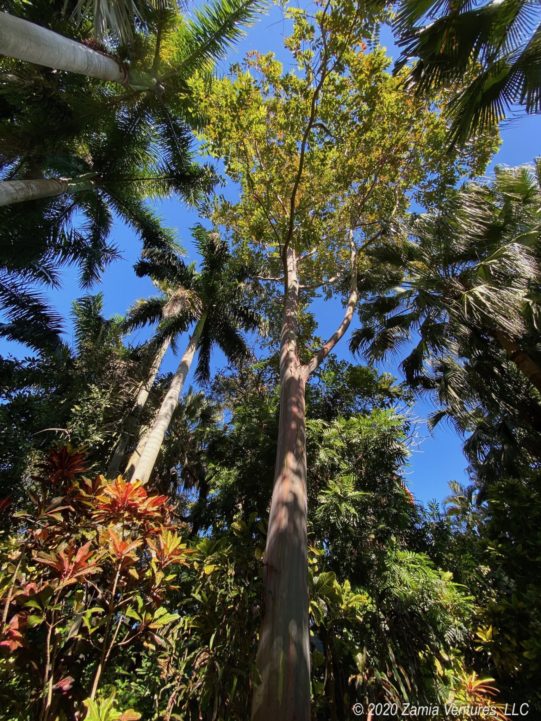
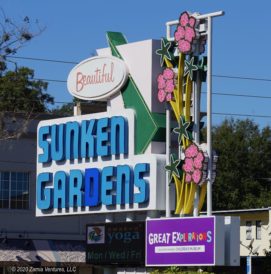
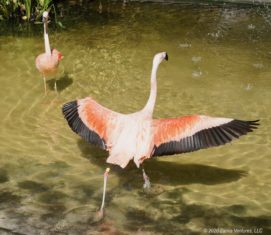
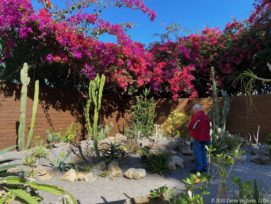
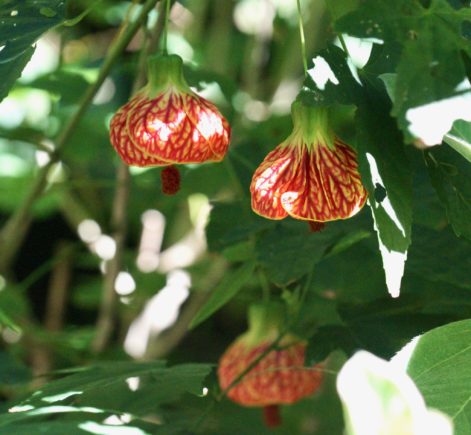
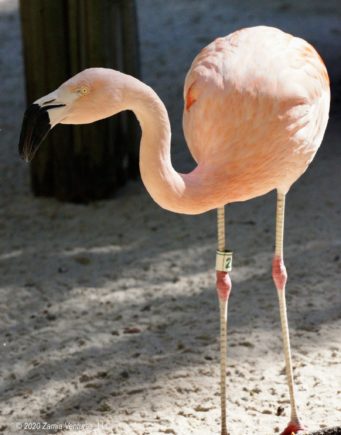
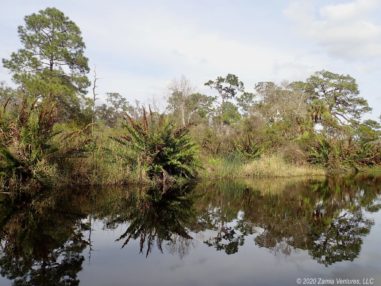
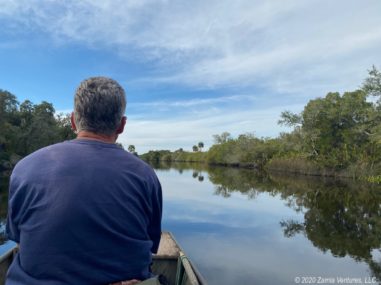
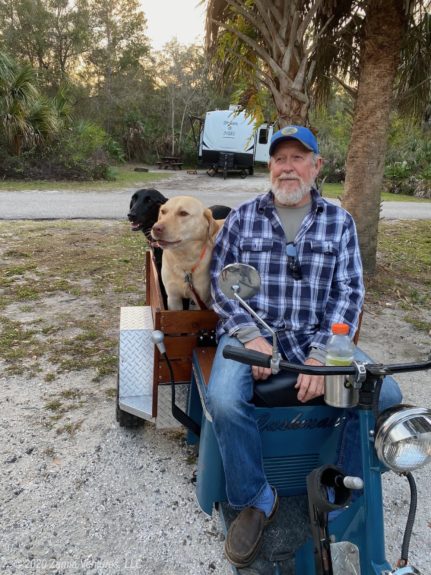
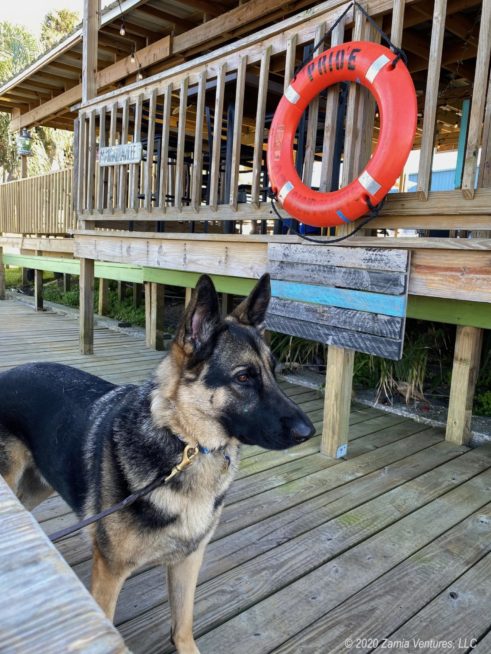
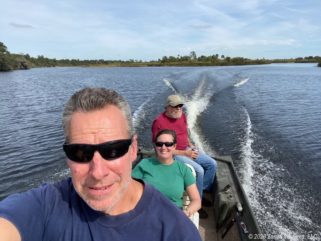
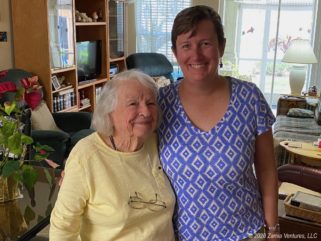
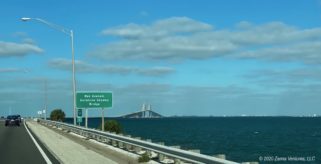
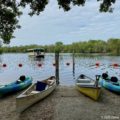
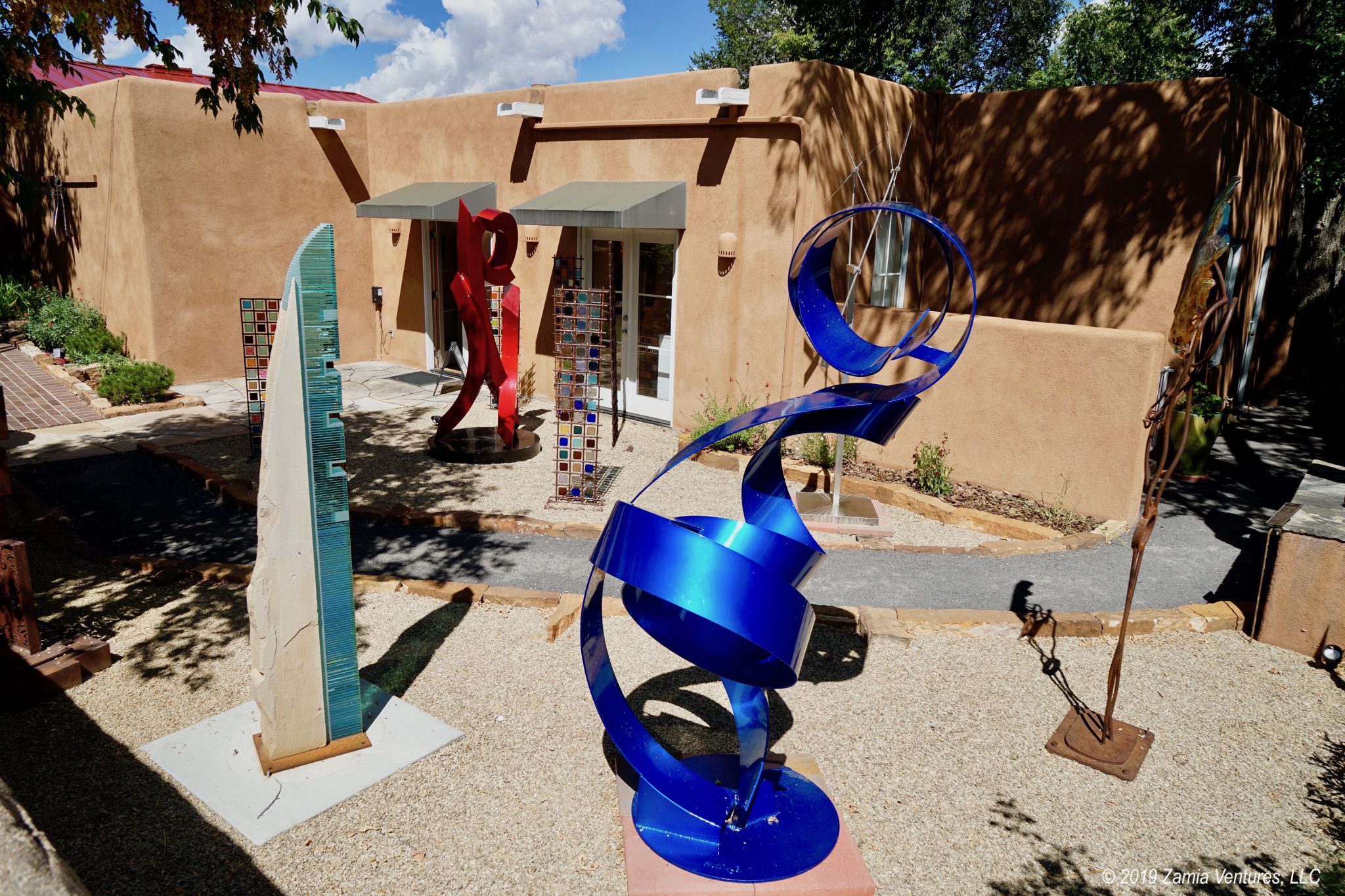
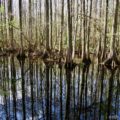

Apparently, little manatees don’t like cold showers, either. Who can blame them? Still such a complete bummer that you didn’t see any. I also have to come down firmly for Team Tortoise LOL leave it to the government to get completely hamstrung by one cute little turtle. I hope no one with diabolical motives catches onto this.
And now I must be sure that we get to Ybor city next winter because CHICKENS!!! They’re like that on Kauai, too, and I love them.
Manatees are cool, and we have seen plenty of them over the years — including seeing them all the time from the balcony of our riverfront apartment in Miami. So we are not totally heartbroken about missing them in Tampa. When you guys visit Florida next winter be sure to stop at Homosassa Springs State Wildlife Park north of Tampa on the Nature Coast. You can see all the fun Florida critters in a nice natural environment. They rehabilitate injured manatees for release and there are always a few in the park’s spring-fed pools.
Ybor City was very cool, and we enjoyed it despite a rainy day. The chickens do not care about rain.
While I’m sure you were completely miserable dealing with those showers, they provided a HILARIOUS story for me, so I think it was all well worth it. I can visualize the comedy of errors right down to the hand dryer turning on and off while you bashed your elbows into walls and came up with completely new curse words to scream at the universe. HA! Love it!!
We visited the Dali museum many, many years ago (pre-2011) and thought it was fantastic. It looks like their new building is much more fitting for the fabulous collection of artwork it contains. Next time we’re there, we will absolutely return. I’d also love to see the sunken gardens. I’m with you on the animals, but it sure sounds like a one of a kind place to visit.
It was great seeing you guys. I wish we’d had more time for another visit, but I have no doubt our paths will cross again. In the meantime, Thor wanted me to tell you he had a nice time meeting you and to always be prepared when it comes to water ripples. “Trust no one,” he says…
🙂
I will not miss those showers one bit, but they did make for a memorable experience … a nice counterpoint to those Instagram glamour camping photos!
We loved the Dali and the cool vibe of St. Pete in general. If we had more time we would have explored that area a bit more, but it was a busy few weeks.
I’m so very glad we were both able to fit our meetup into our schedules! It’s a rare treat to see fellow travelers, but I know we will cross paths again and Thor will be there to protect us against new threats that we don’t even recognize.
Thanks to you, we now have two weeks reserved at Little Manatee River SP for next January. 🙂 We’ve been wanting to explore the Tampa area, and given that we did not like Hillsborough River SP when we were there several weeks ago (hence, we bailed out early and missed visiting Tampa) this looks like a perfect alternative. Of course, I’m hoping that they’ll have the new bathrooms/showers finished by then. Your story about your showers is excruciating but hilarious!
Loved reading your account of Ybor City, because that’s at the top of our list in Tampa. So is the Dali Museum in St. Pete and their Avant-Garden (brilliant!). As you know, we also visit art museums everywhere we go. So strange the museum deliberately left out anything personal about Dali’s life. I like when museums/galleries include lots of personal stories. They add so much to the experience, and save me oodles of time on Wikipedia, lol.
If the bathhouse is not finished by next January, I will send you recipes for gopher tortoise soup. Also some ideas for yoga moves that might prepare you for using those temporary showers. 🙂
I highly recommend Ybor City, and if you don’t find a place to eat lunch while there you can always stop at IKEA 6 blocks away and enjoy Swedish meatballs. The Dali Museum was really remarkable and we are glad we made the time to visit. You can always find out the personal info on your own, but seeing so many great works up close — and in such an outstanding setting — made up for the lack of biography. I am sure you will love it!